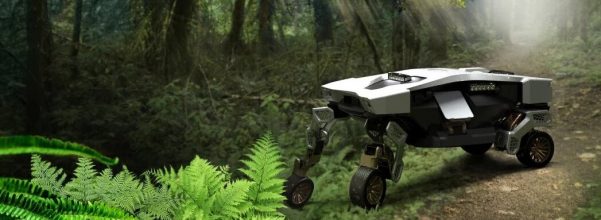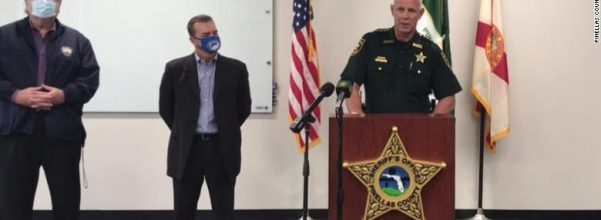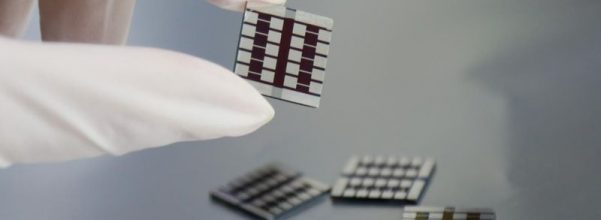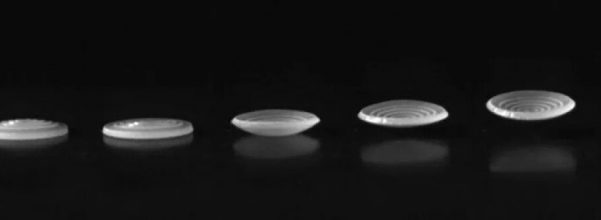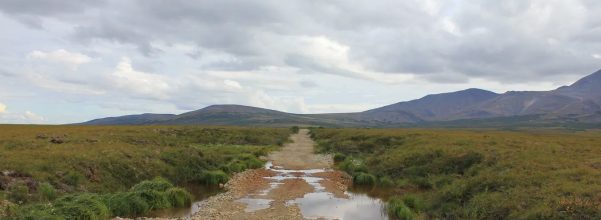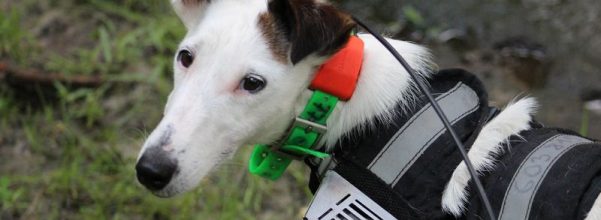WEIRD SCIENCE
A new study has shown how microplastics in water can develop coatings of biomolecules, which make them much more likely to be internalized by living cells. University of Bayreuth – By Nick Lavars 2020 Dec 10 – Microplastics are starting to turn up in …
Chien-Shiung Wu’s experiment in 1956 helped her colleagues win the Nobel Prize while her role was only mentioned in the acceptance speech. Chien-Shiung Wu received numerous awards and honors throughout her life, including having an asteroid named after her in 1973 and receiving …
Take a peek at the mysterious black briefcase that has accompanied every U.S. president since John F. Kennedy. From the Smithsonian National Museum of American History, the nuclear “Football.” (Jamie Chung) – By Michael Dobbs Smithsonian Magazine | Subscribe 2014 Oct – It …
The TIGER looks pretty zippy on a smooth piece of road, but when the legs come out it can get over, around or through just about anything. Hyundai View 7 Images – By Loz Blain 2021 Feb 09 – Hyundai dropped a lot of …
Pinellas County Sheriff Bob Gualtieri speaks at a press conference on Monday, February 8, about the attempted hacking of the city of Oldsmar’s water treatment system. – By Amir Vera, Jamiel Lynch and Christina Carrega, CNN Updated 2021 Feb 08 – A hacker …
Adding capsaicin, the chemical responsible for making chile peppers spicy, improved the efficiency of solar cells in experiments. A group of perovskite solar cells that have been treated with capsaicin. (Jin Yang) – By Alex Fox SmithsonianMag.Com 2021 Feb 02 – New research …
Scientists have developed materials that can propel themselves, such as this self-jumping polymer shell. Yongjin Kim, UMass Amherst – By Nick Lavars 2021 Feb 01 – Inspired by the way plants like Venus flytraps can snap closed and reset themselves, scientists have developed new …
Permafrost is thawing across the Arctic, releasing microbes and organic materials that have been trapped in the frozen ground for thousands of years. NOAA via Wikimedia Commons – Authors: Jessie Creamean, Research Scientist, Colorado State University – Thomas Hill, Research Scientist, Colorado State …
Unique physiology allows the Australian marsupial to produce square-shaped feces that may aid communication. Scientists believe the cube shape of the wombat’s poo may aid in communication, as spherical feces are more likely to roll away. Photograph: mlharing/Getty Images/iStockphoto – By Natasha May …
Our canine companions aren’t the only animals that may be capable of magnetoreception. A terrier fitted with GPS remote tracking device and camera (Kateřina Benediktová / Czech University of Life Sciences) – By Courtney Sexton SmithsonianMag.Com 2020 Jul 27 – Last week, Cleo …


















